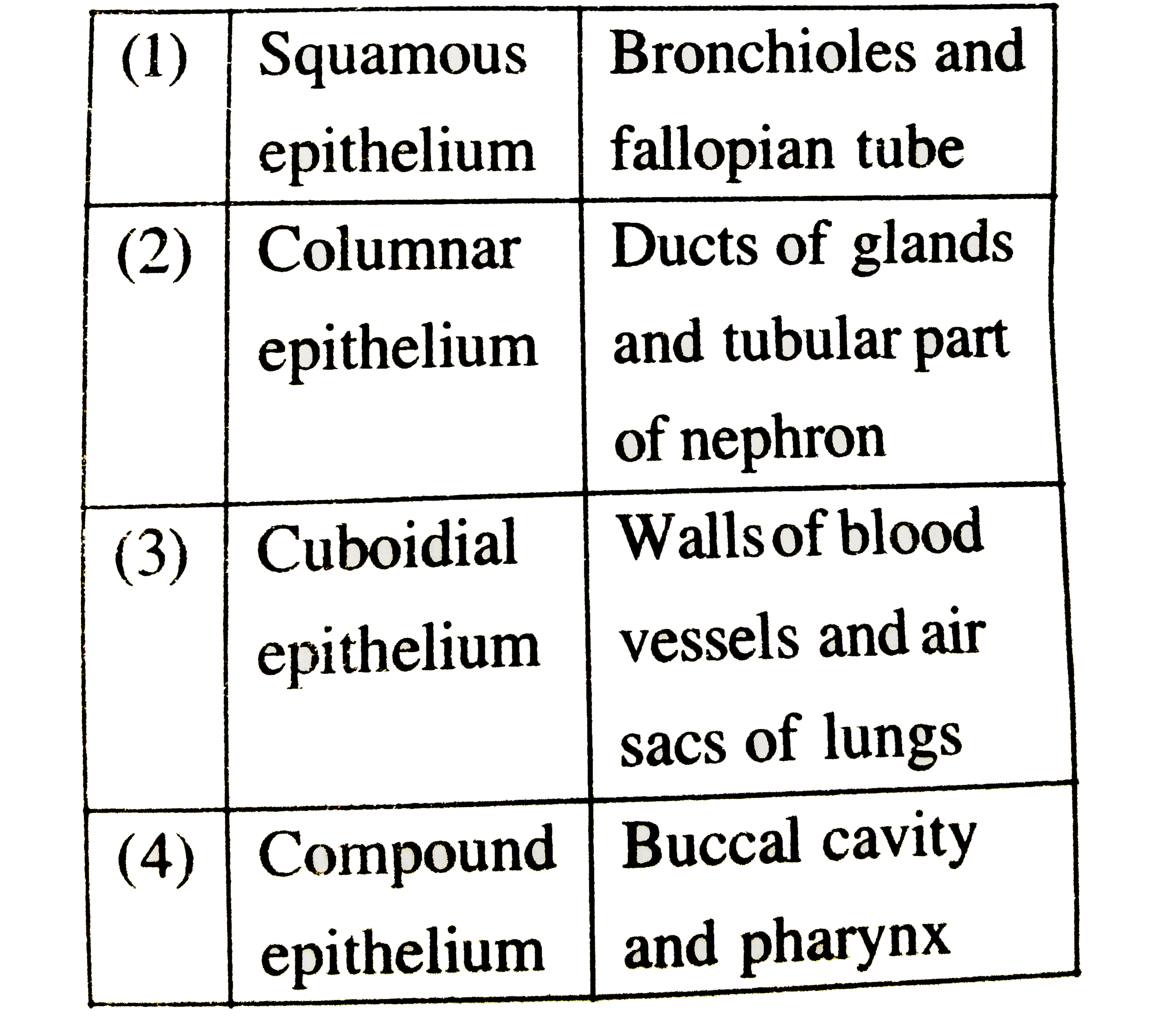Which of the following is/are dedifferentiated tissue in dicot trees?
Cork cambium
Interfascicular cambium
Bulliform cells
Both (1) & (2)
To answer the question "Which of the following is/are dedifferentiated tissue in dicot trees?", we can follow these steps:
1. Understand the Concept of Dedifferentiation:
- Dedifferentiation refers to the process where specialized cells regain the ability to divide. This is important in plant growth and regeneration.
2. Identify the Tissues in Dicot Trees:
- In dicot trees, there are several types of tissues, but we are specifically looking for dedifferentiated tissues.
3. Recognize Key Tissues:
- The two main types of dedifferentiated tissues in dicot trees are:
- Cork Cambium: This tissue is responsible for the formation of the outer protective layer (periderm) of the plant.
- Interfascicular Cambium: This tissue is involved in secondary growth and connects the vascular bundles.
4. Evaluate the Options Given:
- If the options include cork cambium and interfascicular cambium, these would be the correct answers as they are both dedifferentiated tissues in dicot trees.
5. Conclude the Answer:
- Therefore, the correct answer to the question is that both cork cambium and interfascicular cambium are dedifferentiated tissues in dicot trees.
Final Answer:
The dedifferentiated tissues in dicot trees are Cork Cambium and Interfascicular Cambium.
---
- Dedifferentiation refers to the process where specialized cells regain the ability to divide. This is important in plant growth and regeneration.
- In dicot trees, there are several types of tissues, but we are specifically looking for dedifferentiated tissues.
- The two main types of dedifferentiated tissues in dicot trees are:
- Cork Cambium: This tissue is responsible for the formation of the outer protective layer (periderm) of the plant.
- Interfascicular Cambium: This tissue is involved in secondary growth and connects the vascular bundles.
- If the options include cork cambium and interfascicular cambium, these would be the correct answers as they are both dedifferentiated tissues in dicot trees.
- Therefore, the correct answer to the question is that both cork cambium and interfascicular cambium are dedifferentiated tissues in dicot trees.
The dedifferentiated tissues in dicot trees are Cork Cambium and Interfascicular Cambium.
Topper's Solved these Questions
Similar Questions
Knowledge Check
Which of the following is a semi transparent tissue ?
AtendonBfibrous cartilageChyaline cartilageDall of these
Which of the following is not a dicot ?
View SolutionWhich of the following is not a dicot ?
View SolutionWhich of the following is a dicot weedicide
View SolutionWhich of the following are simple tissues
View SolutionWhich of the following is correct of epithelial tissue ?

View SolutionWhich of the following is a meristematic tissue
View SolutionWhich of the following is the hardest connective tissue ?
View Solution
